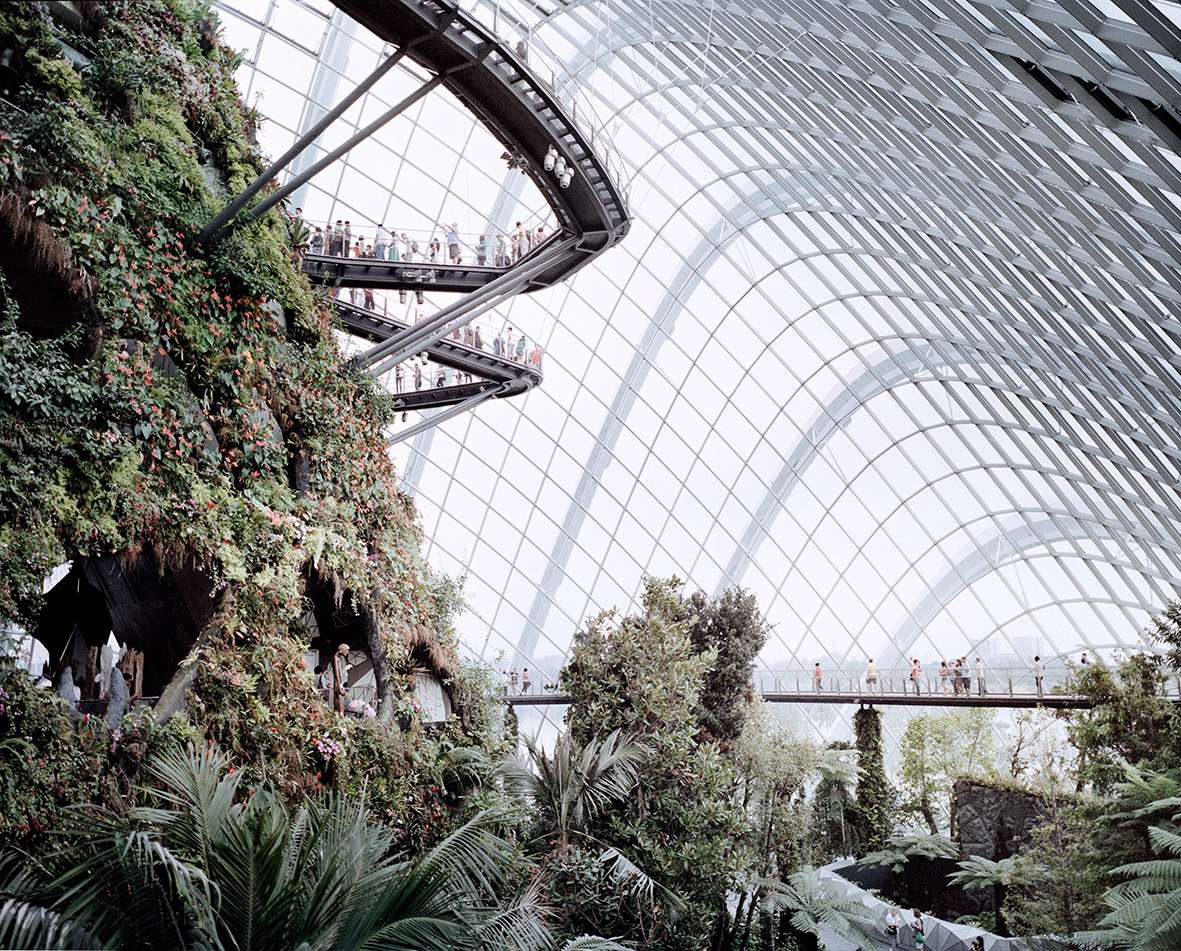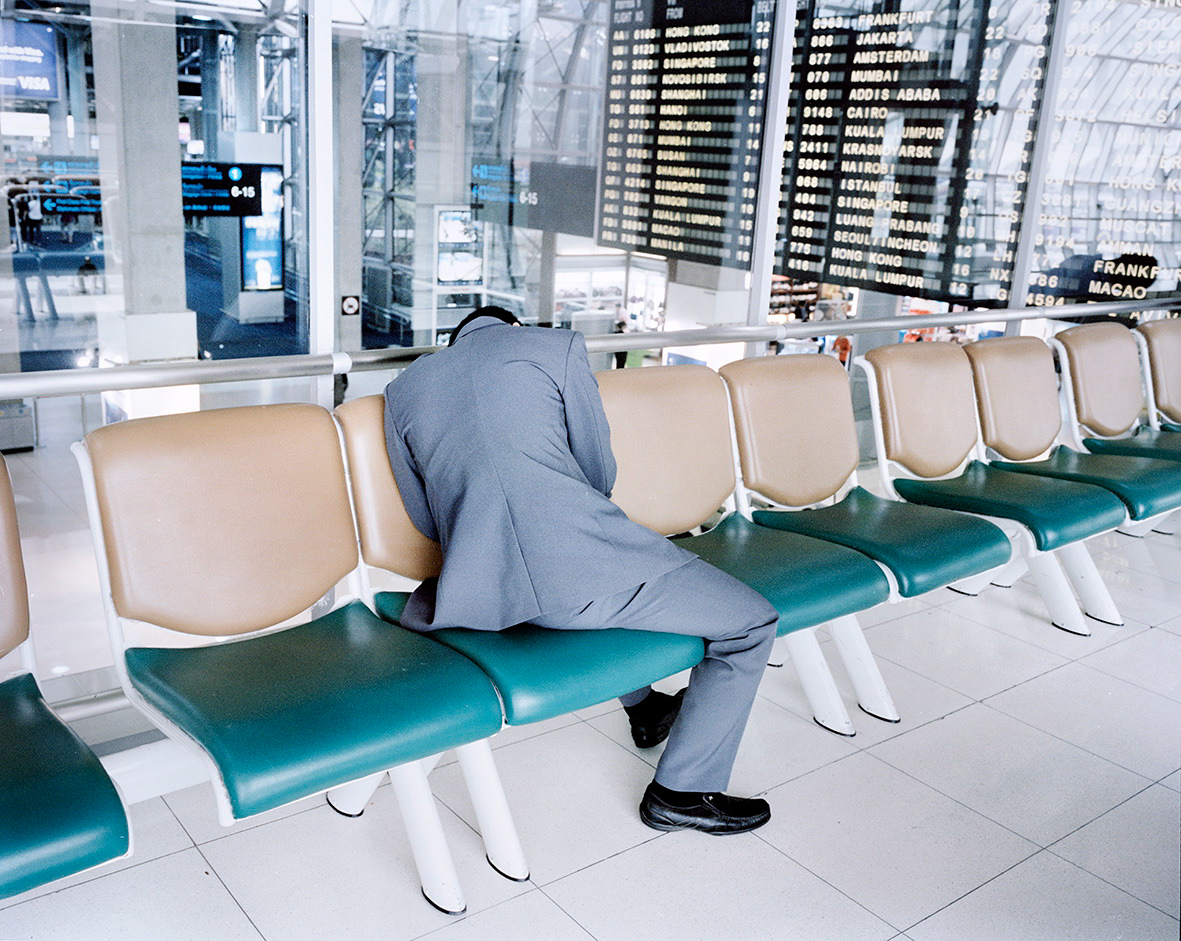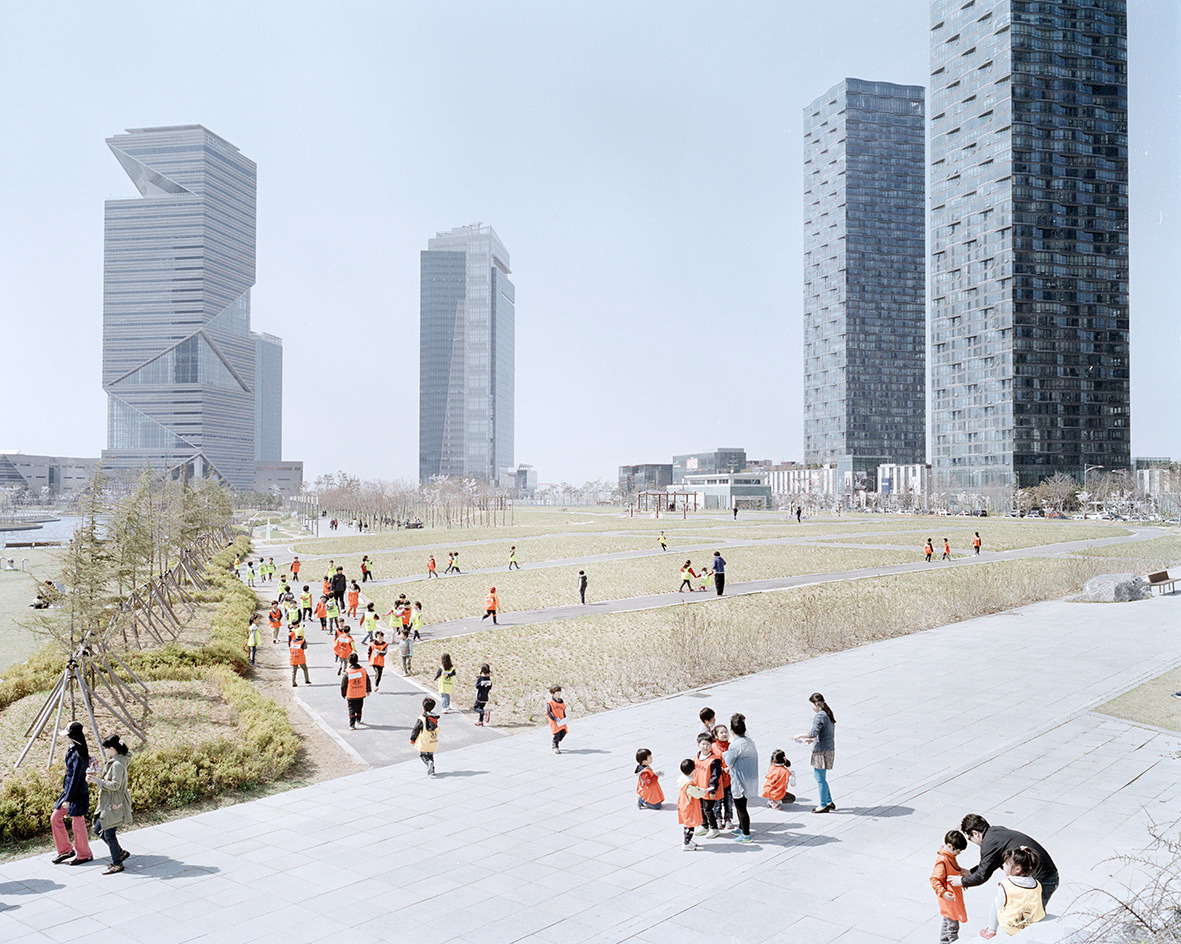


GALLERIA CAVOUR
PIAZZA CAVOUR
TICKET OFFICE
THU TO SUN 10.00 a.m. – 7.00 p.m.
Giulio di Sturco
“Aerotropolis”

Major airports have become key nodes in global production and enterprise systems offering them speed, agility and connectivity. They are also powerful engines of local economic development, attracting aviation-linked businesses of all types to their environs. These include, among others, time-sensitive manufacturing and distribution facilities, hotel, entertainment, retail, convention, trade and exhibition complexes; and office buildings that house air-travel intensive executives and professionals.
The rapid expansion of airport-linked commercial facilities is making today’s air gateways anchors of 21st century metropolitan development where distant travelers and locals alike can conduct business, exchange knowledge, shop, eat, sleep, and be entertained without going more than 15 minutes from the airport. This functional and spatial evolution is transforming many city airports into airport cities.
From this logic comes the term “aerotropolis”, literally “airport city”, which has been popularized by the American academic, Dr John Kasarda, to explain that airports are much more than they used to be: in the 21st century they are multi-functional urban centers and a decisive factor both for economic success and urban development. The Aerotropolis consists of an airport city and outlying corridors and clusters of aviation-linked businesses and associated residential development, stretching up to 30 kilometers outward from some airports.
In Kasarda’s vision, although most aerotropolis development to date has been organic, spontaneous and haphazard, in the future it can be more economically efficient, aesthetically pleasing, and socially and environmentally sustainable by adopting a synergic approach which includes strategic infrastructure and urban planning.
This project is a ride across ten of the most developed examples of aerotropoli in the world, aiming at depicting their common features, specific development patterns and the challenges and solutions encountered. Aerotropolis is the post-modern city, is a vision, maybe a mirage, is a window of opportunities to solve the dilemma of modernity: reconciling economic development and sustainable growth.
ABOUT GIULIO DI STURCO
Giulio Di Sturco (b.1979 in Roccasecca, Italy) is an award-winning photographer based between London and Paris. He studied at the European Institute of Design in Rome before moving
to Canada and then to India, where he spent five years refining his visual language.
Di Sturco began his career as a photojournalist before dedicating himself to long-term projects which explore the society of the future in the face of environmental and technological changes. Experimenting with visual storytelling, new and old media, his practice expands traditions of documentary photography conjuring a poetics of the future where the boundaries between reality and fiction are blurred.
His awards include three World Press Photo prizes, the Sony Photography Awards, the British Journal of Photography International Awards, and two Getty Grants. In 2019, his
project Aerotropolis was shortlisted for the Aesthetica Prize and nominated for the Prix Pictet.
